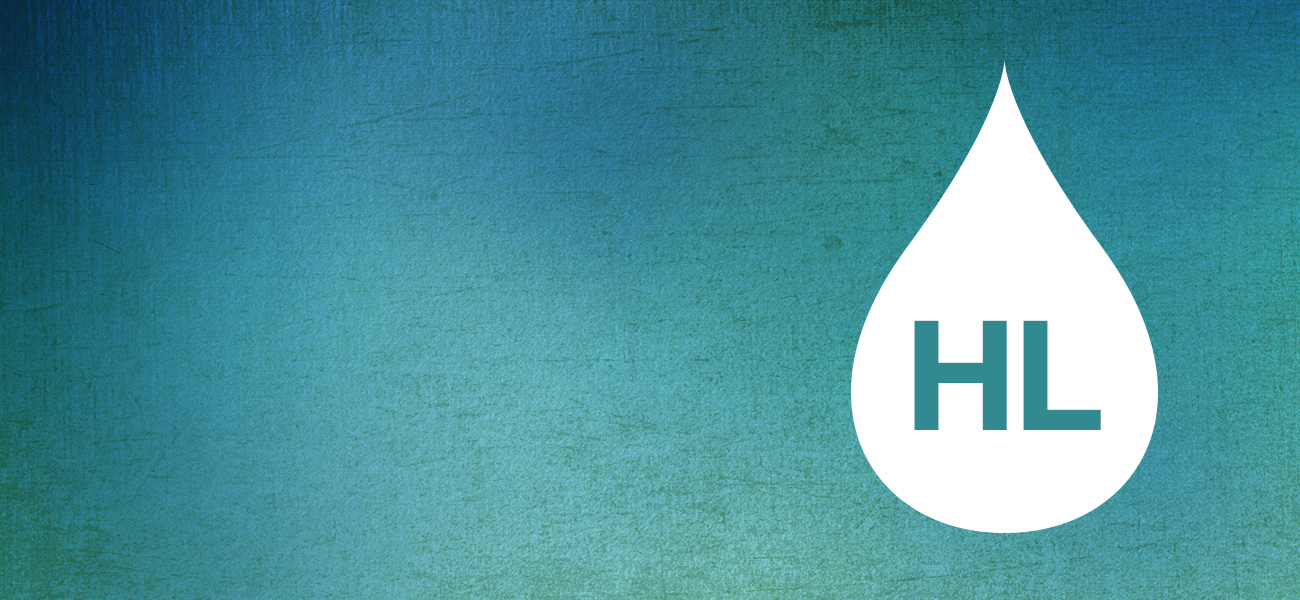Most patients with classical HL are cured by their initial (first-line) treatment. However, in a significant percentage of patients—especially those with advanced stage HL—the disease relapses or is refractory.
- Relapse means the disease comes back after a remission following treatment.
- Refractory means the disease has not responded to treatment.
For these patients, HL is still potentially curable.
Treatment of Relapsed or Refractory Hodgkin Lymphoma
When patients are not cured with initial therapy, second-line treatment options include:
- Alternate chemotherapy combinations
- Antibody-drug conjugate therapy with brentuximab vedotin
- Checkpoint inhibitors, such as nivolumab or pembrolizumab
- Autologous stem cell transplantation
Some treatment approaches for relapsed or refractory HL include:
Second-Line Therapies
- BeGEV (gemcitabine/bendamustine/vinorelbine)
- Brentuximab vedotin
- Brentuximab vedotin + bendamustine
- Brentuximab vedotin + nivolumab
- DHAP (dexamethasone, cisplatin, high-dose cytarabine)
- GVD (gemcitabine, vinorelbine, liposomal doxorubicin)
- GVD + pembrolizumab
- ICE (ifosfamide, carboplatin, etoposide)
- ICE + brentuximab vedotin
- ICE + nivolumab
- IGEV (ifosfamide, gemcitabine, vinorelbine)
- Pembrolizumab
- Pembrolizumab + ICE
Third-Line Therapies
- Bendamustine
- Bendamustine + carboplatin + etoposide
- Everolimus
- GCD (gemcitabine, cisplatin, dexamethasone)
- GEMOX (gemcitabine, oxaliplatin)
- Lenalidomide
- Nivolumab
- Vinblastine
![]() For information about the drugs listed on this page, visit Drug Listings.
For information about the drugs listed on this page, visit Drug Listings.
Related Links
- For information about the drugs mentioned on this page, visit Drug Listings.
- Stem Cell Transplantation
- Chemotherapy and other Drug Therapies
- Download or order The Leukemia & Lymphoma Society's free booklet, Hodgkin Lymphoma.
